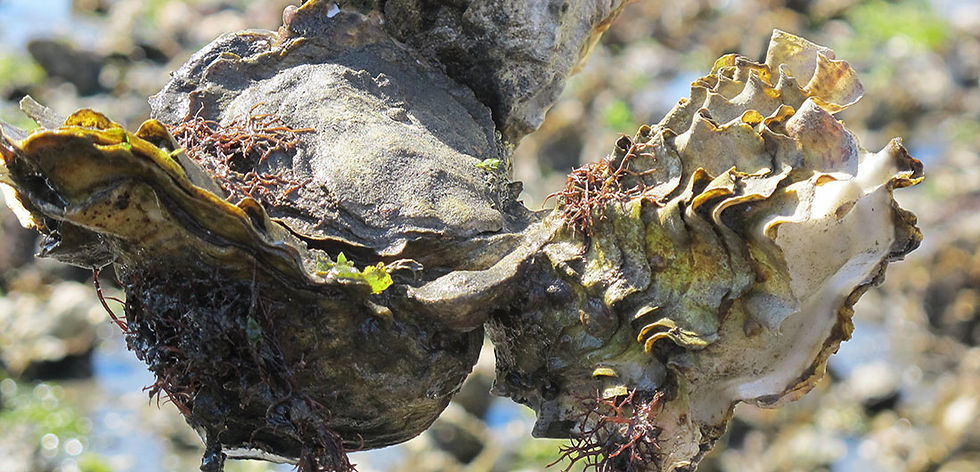Frico Pop
- 5 Senses CulinaryTours

- Jan 11, 2023
- 3 min read
Updated: Jan 13, 2023

My driver was heading north from Venice and shortly we were enveloped in Friuli Venezia Giulia region where life has been shaped by a confluence of different civilizations. This was part of the Hapsburg Empire for many years. After the end of the Venetian Republic and the Napoleonic wars, Friuli Venezia Giulia was annexed by the Hapsburgs of Austria. The Austrian Empire would hold onto the Trieste area even after the unification of Italy in 1866 and the new nation would fight to unify Italian Friuli to Austrian occupied Venezia Giulia in World War I. As a result, a unique culture seen in their everyday traditions and especially in their food and wine. Having been witness to a multitude of cultures, each bringing their own culinary influences, Friuli Venezia Giulia has a truly distinct gastronomy showcasing Venetian, Slavic and Austrian traits, each helping to craft a truly memorable eating experience for those visiting the region.
Here you will find the famous Prosciutto di San Daniele, a cured meat with a history predating the Romans, is made from specially selected pigs where the legs left to age. The drying process, hanging where the winds from the Carnic Alps meet the breezes coming in from the Adriatic, plus Prosciutto di San Daniele is made using only local sea salt. San Daniele is even sweeter and darker in color with a more delicate flavor than in other varieties. When I was exploring the area I off handedly called it my Prosciutto and Frico tour, as at every turn we had some more and more.
For the Frico, I remember Lydia Bastianich making frico at her restaurant Felidia in New York back in the 80’s making it a trendy hit. At the time I was unaware that this was a tradition from her home region. Like dozens of Italian dishes, frico was born from a no waste philosophy – many call it cucina povera, in this case, the leftovers were Montasio cheese scraps and rinds.
Frico can be made with just the cheese as a garnish or snack or the addition of potatoes to make a heartier meal. Montasio cheese can only be produced in the provinces of Friuli-Venezia-Giulia and in the neighboring provinces of Eastern Veneto. Nowadays, this frittata-like dish is one of most beloved – it's no longer reserved for leftovers.
Montasio, an aged cheese, boasting an aromatic bouquet and fruity, grassy notes. It was first made by monks from the milk of cows that graze in the foothills of the Alps. Hundreds of years later, the “recipe” is almost the same. In fact, in 1986, Montasio was awarded protected DOP, cementing the production methods. After being brined and salted, Montasio is aged for a minimum of 60 days (and up to more than 18 months), allowing the flavors to intensify over time.
Make a Frico treat -
½ pound Montasio, grated 1 medium potato (½ pound), peeled & grated 1 small onion, sliced 2 tablespoons extra virgin olive oil Salt & freshly-ground black pepper, to taste
> Pour the olive oil into the skillet, set over medium heat, and scatter in the sliced onion. Cook for a minute, then scatter the potato in the pan. Toss and tumble the potatoes with the onion, and season with the salt and grinds of black pepper. Cook for about 5-10 minutes, tossing frequently, until the potatoes are lightly crisped and golden.
>Add the Montasio. Combine with the potatoes and onion, until the cheese is well distributed. With the spatula, clean the sides of the skillet and smooth the vegetables and cheese into a neat pancake-like disk, filling the pan bottom.
>Lower the heat and let the frico cook, undisturbed, as the cheese melts and crisps, until the bottom is very brown and nicely crusted, about 5 minutes. Shake the pan to loosen the disk, put a large plate on top and invert, dropping the frico onto the plate, then slide it back in the skillet, top side down. Cook until the second side is crisp and brown, about 5 minutes more.




Comments